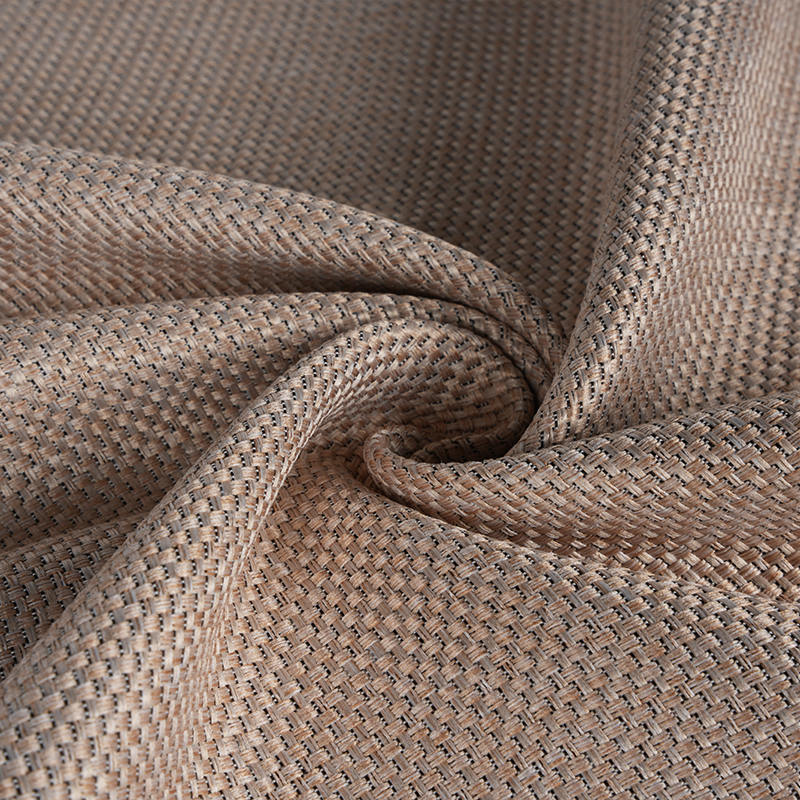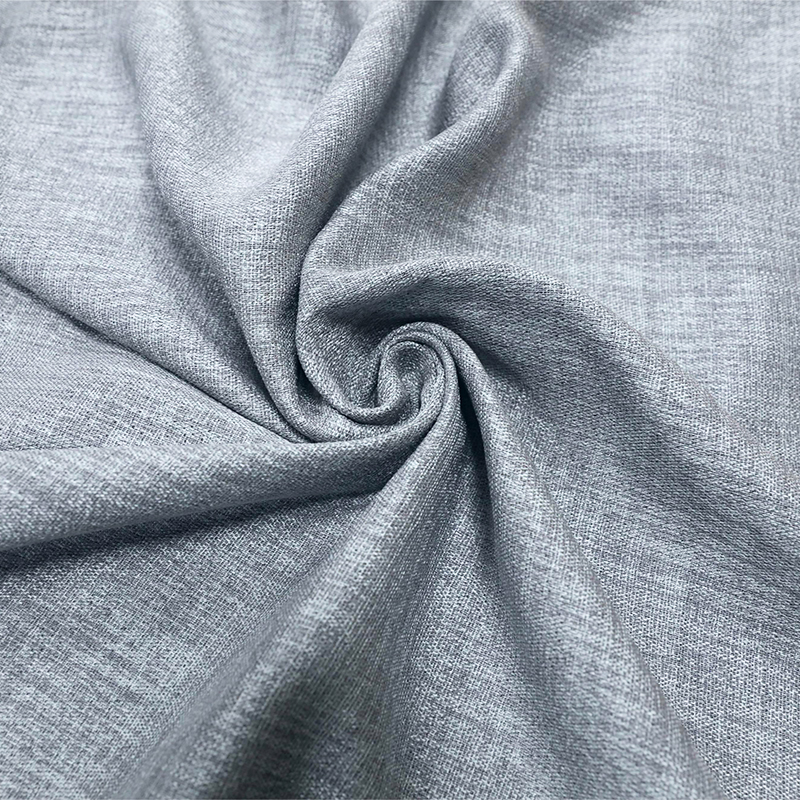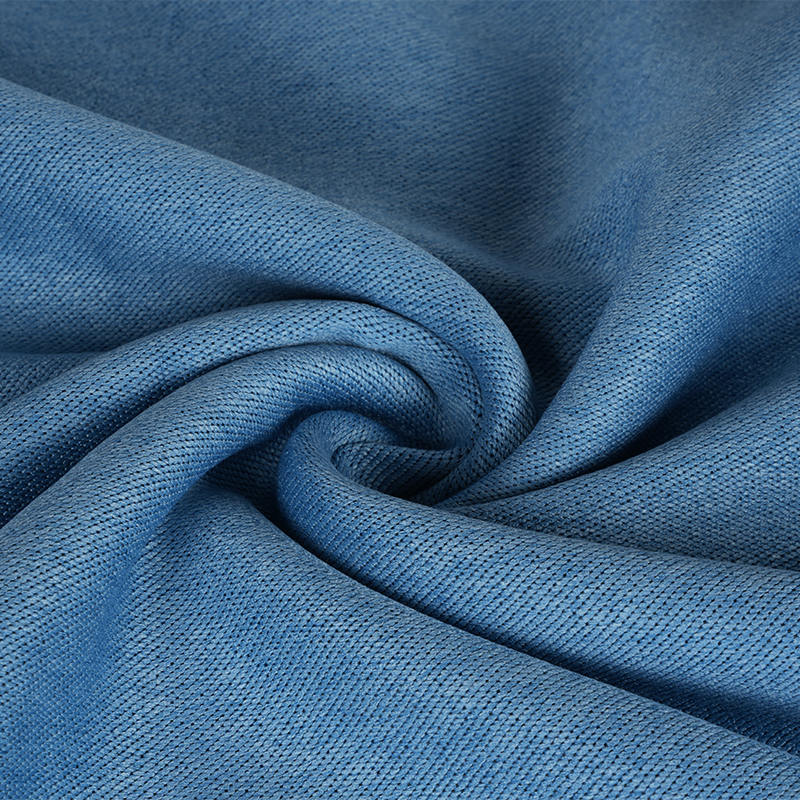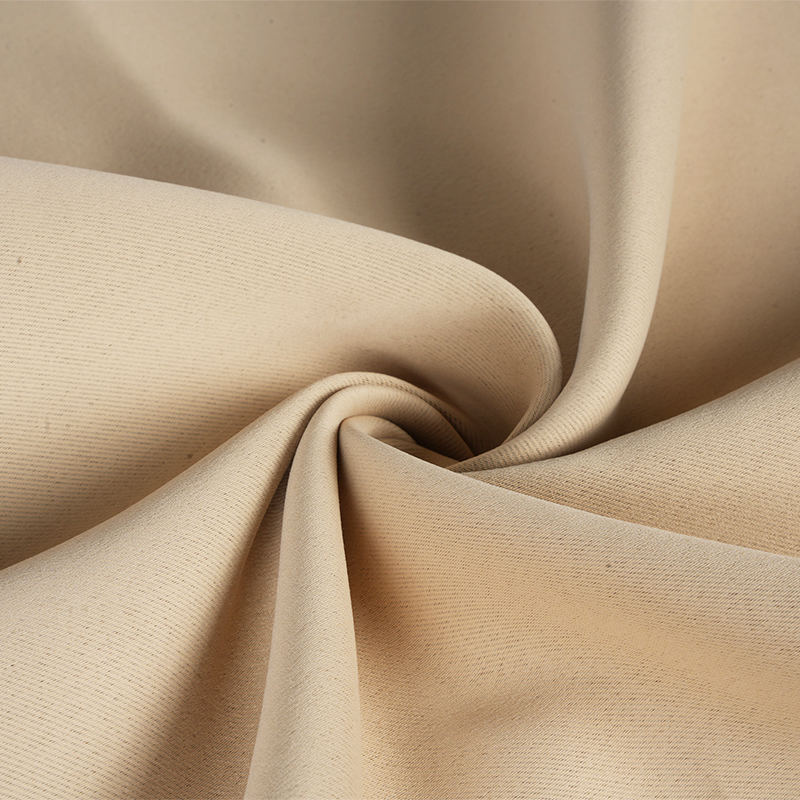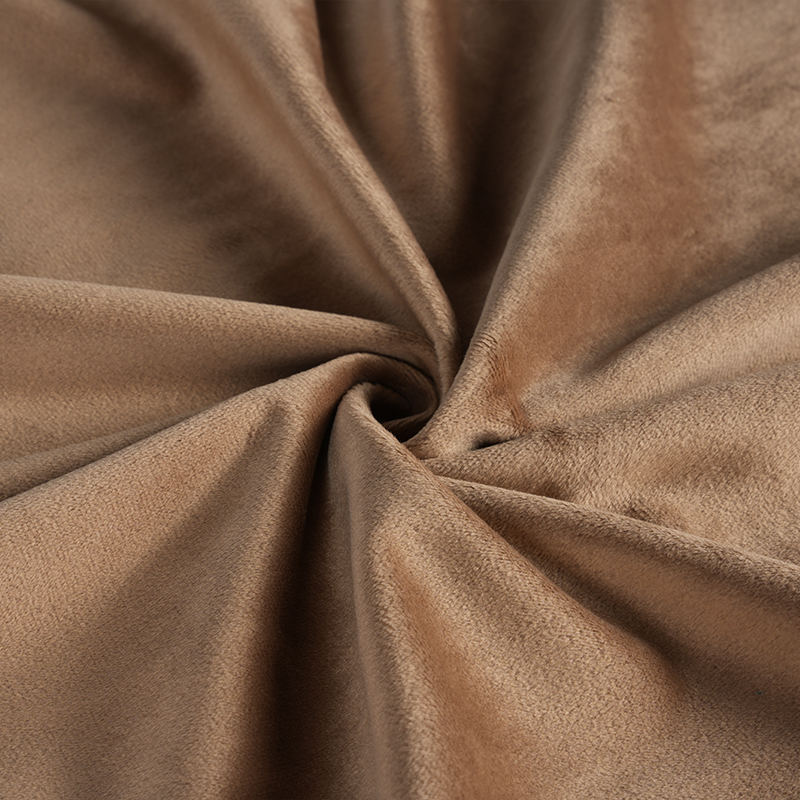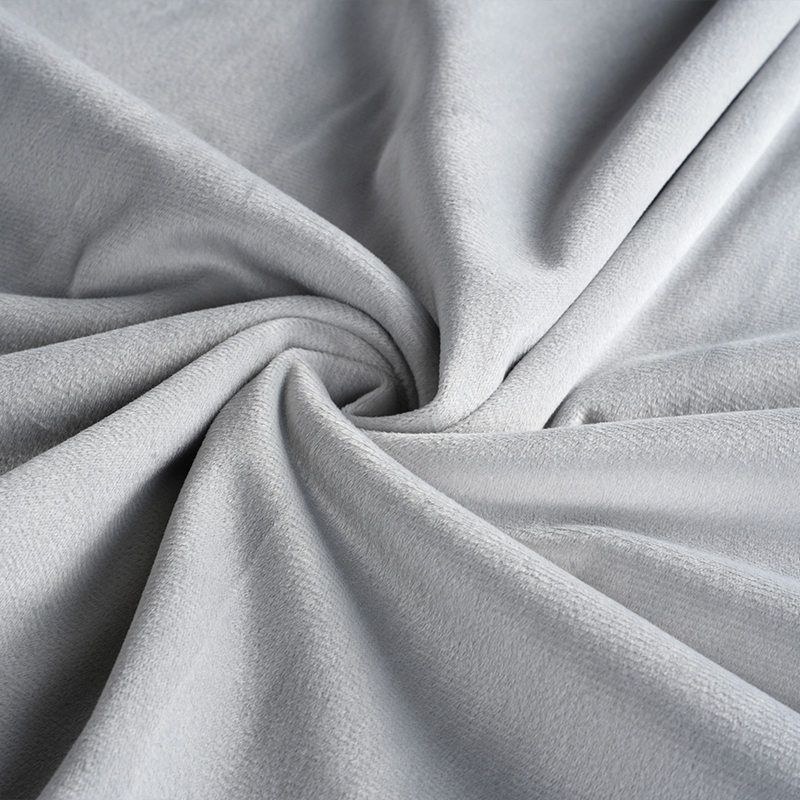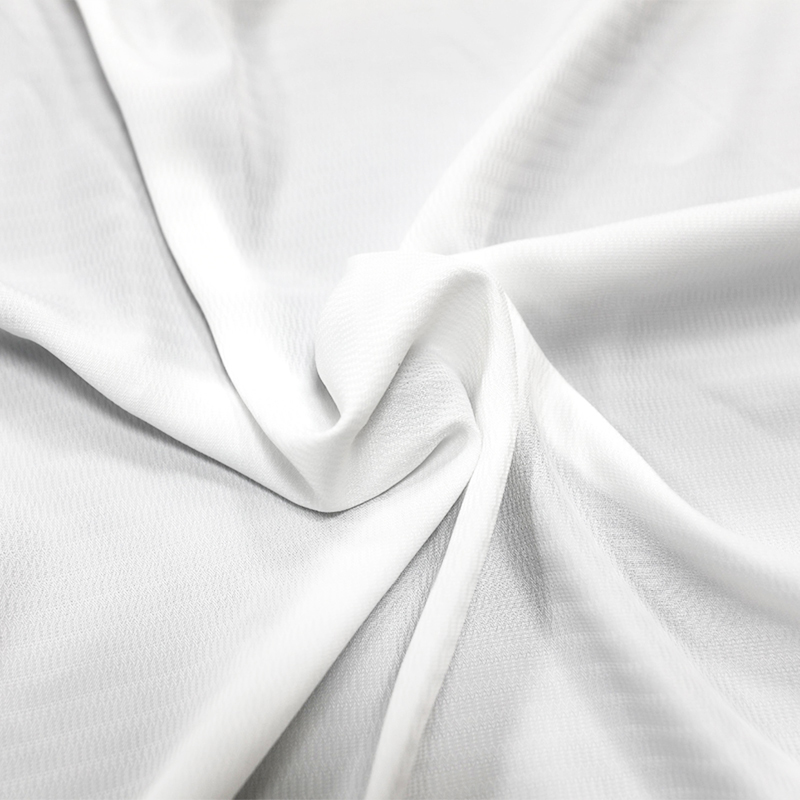-
Phone:+86-13815442820
-
E-mail:[email protected]
-
Address:Room 0415-2, Building 1, Baohui Business Building, Keqiao Street, Keqiao District, Shaoxing City, Zhejiang Province
How Blackout Curtain Fabric Works: Why It Blocks Light and Noise
 2025.09.08
2025.09.08
 Industry News
Industry News
1. Structure of Blackout Curtain Fabric
Coated Blackout Fabric
Coated blackout fabric is the most common type on the market. Its core feature is the coating process applied to the back of the fabric. Coatings are typically single-, double-, or triple-layered:
Single-layer coating: A resin or black slurry is applied to the back of the fabric, achieving a light-blocking rate of 70%–80%, suitable for general home use.
Double-layer coating: A light-colored or metallic coating is applied over the first layer, further increasing light-blocking efficiency while also providing some thermal insulation.
Triple-layer coating: A black center layer and two light-colored coatings on the inner and outer layers achieve near-100% light-blocking. It is commonly used in spaces with extremely high light control requirements, such as bedrooms, hotel rooms, and cinemas.
The advantage of this fabric is its significant light-blocking effect, but the disadvantage is that the coating can easily peel or crack over time, requiring careful maintenance.
Woven Blackout Fabric
Woven blackout fabric does not rely on coatings, but instead uses a high-density weaving process to reduce light transmission. Its characteristics are:
The fibers are tightly arranged, making the fabric virtually opaque.
Mostly made of polyester, it is abrasion-resistant, washable, and relatively environmentally friendly.
It is soft and breathable, with a better feel than coated fabrics, making it suitable for those seeking a comfortable touch.
This type of fabric typically blocks light by 70%–90%. While this may be slightly inferior to triple-coated fabrics, it is durable and environmentally friendly.
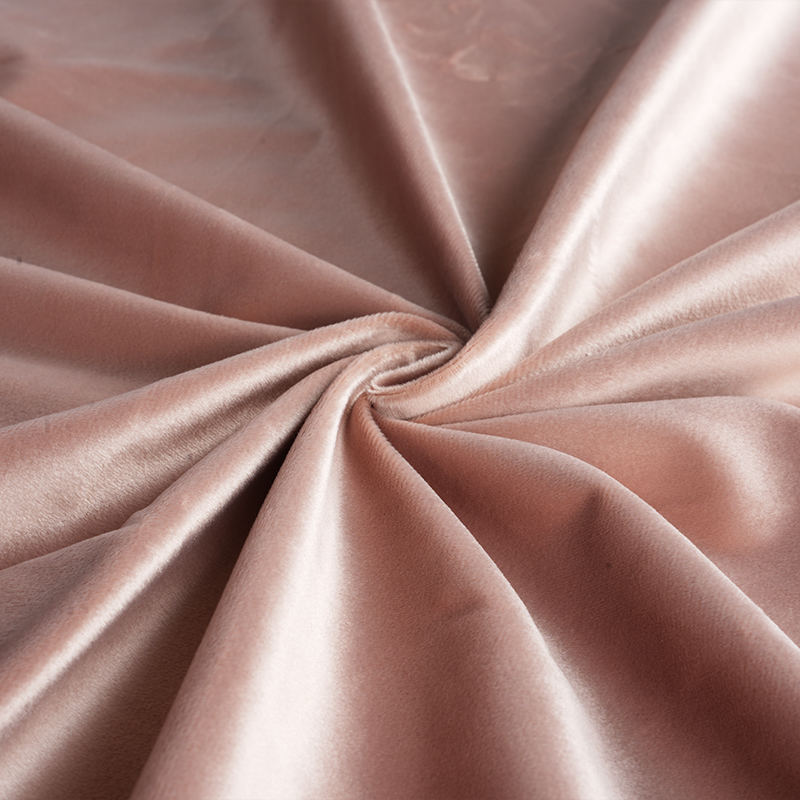
2. Why do they block light?
The shielding effect of the opaque layer
The core function of blackout curtains is to prevent light from penetrating. Coated fabrics rely on a black or dark-colored coating on the back to create a "barrier layer" that effectively intercepts light. High-density woven blackout fabrics, however, create extremely small gaps between the fibers, making it virtually impossible for light to penetrate.
Reflection and absorption of multi-layer structures
Fabrics of different colors and materials handle light differently:
Light-colored blackout fabrics reflect most light, preventing the room from being overly bright. Dark blackout curtains primarily absorb light energy and are often used in environments requiring complete darkness, such as projection rooms or theaters.
This dual mechanism of "reflection + absorption" allows blackout curtains to achieve a near-total darkness.
3. Why do they reduce noise?
Thick fabric absorbs sound waves
Blackout curtains are typically thicker and denser than ordinary curtains. When sound waves strike the thick fabric, some of the sound energy is absorbed, reducing the intensity of the sound as it continues to travel. This "sound-absorbing" effect is particularly pronounced for mid- and high-frequency noise (such as human voices and television sound).
Multi-layered air barrier
When curtains are drawn, an air layer forms between the curtains and the window panes. This layer acts as a natural sound barrier, preventing some outdoor noise from entering the room. Double or multi-layered curtains offer even greater sound insulation.
Synthetic insulation
Some blackout curtains utilize special coatings or composite materials that not only block light and heat from entering the room but also reduce sound transmission. In other words, curtains with strong insulation often also offer some soundproofing properties. This makes blackout curtains particularly popular in the summer, as they not only keep the room cool but also reduce outside noise.
4. Application Scenarios
Bedrooms
For those who value sleep quality, blackout curtains are essential. They effectively block out the early morning sun and evening streetlights, helping to induce deeper sleep. They are particularly suitable for those working night shifts and needing daytime rest.
Audio-visual Rooms
Audio-visual rooms require a near-total darkness to ensure optimal projection or screen quality. Blackout curtains not only provide a dark space but also reduce outside noise, creating an immersive viewing experience.
Offices and Meeting Rooms
When using projection equipment during the day, strong natural light can affect the display quality. Blackout curtains can quickly create a dark environment, making presentations clearer. They also block out outside distractions, helping to enhance concentration during meetings.
Hotels and B&Bs
Many high-end hotels standardize on high-light-blocking curtains to ensure guests enjoy a quiet and comfortable sleep. This has become a crucial detail that enhances the accommodation experience.

 English
English Español
Español عربى
عربى